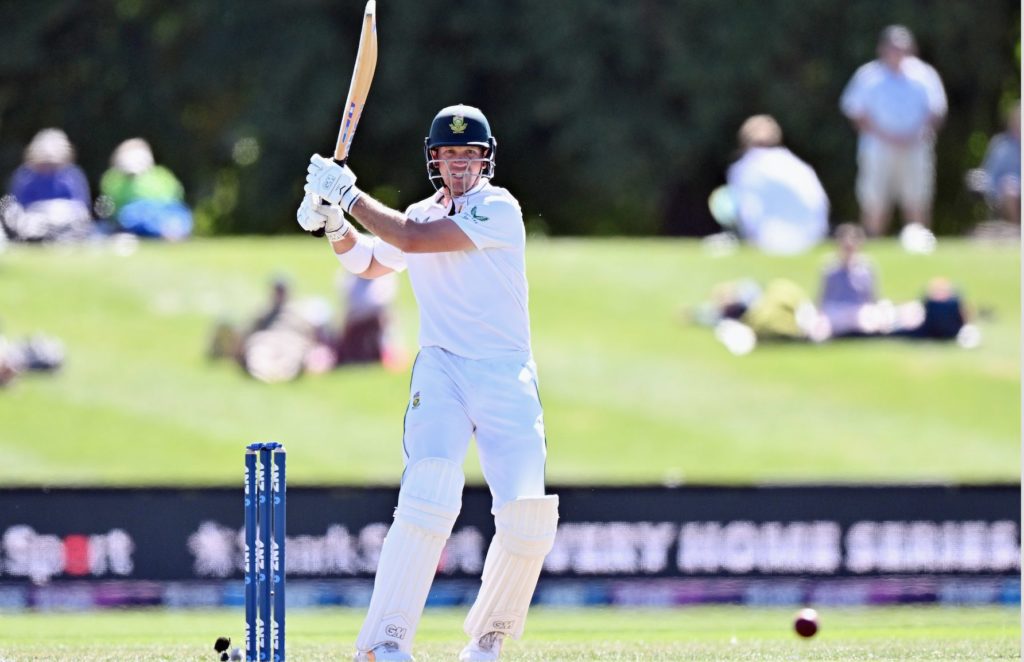The Proteas bowlers have consistently shown that they’re world class. However, when the batting fires, the team shifts from being mediocre to irrepressible, writes RYAN VREDE.
The plaudits for a comprehensive Test victory in Christchurch will rightfully go to the Proteas batters, who scored 300-plus in both innings.
This exerted immense pressure on the Black Caps, who, despite possessing a clutch of world-class batters, weren’t able to deal with a Proteas bowling attack that was skilled, patient, intelligent, and aggressive.
Indeed, they’ve been the best thing about the Proteas in recent years. This is not to say that deficiencies have not been brutally exposed at times – England did so in 2019, Pakistan a year later, while India capitalised on an ordinary first-innings effort in the first Test of the series late last year.
However, overall the bowlers have shown Test-on-Test improvements. The batting, however, has been a constant source of frustration.
At the beginning of the season, I wrote a wish list for the Proteas in a Test context. The bulk of those wishes centered around making exponential improvements to their batting, which has undermined their efforts.
In 15 Tests under head coach Mark Boucher (his first Test in charge was in December 2019), the Proteas’ batting has crumbled as often as it has soared.
In that period, they’ve scored over 300 runs just four times. Given their bowling strength, it is unsurprising that they’ve not lost a Test in which they’ve scored over 300 in the first innings. They’ve also won two when they’ve come close to that mark – 298 vs the West Indies in 2021 and 284 vs England in Boucher’s first Test in charge.
Their batting problems ran deep. At one stage last year, only Afghanistan had scored fewer Test centuries since 2018. Aiden Markram and Dean Elgar’s broken opening partnership (they average just over 20 as a partnership), the retirement of Faf du Plessis, the chronic struggles of Markram and Temba Bavuma, and the ongoing search for a world-class all-rounder further compounded their struggles.
Encouragingly, many of those issues have improved since the start of the Test season. Yet, in the first Test against New Zealand, it appeared that the progress made in this area had been compromised. I was concerned about their ability to turn that around in six days, but the work done in that period was clearly highly effective.
They twice scored in excess of 300 runs, with two rookie players – Sarel Erwee and Kyle Verreynne – bagging centuries that set the Test up. Notably, important lower-order contributions from Marco Jansen, Keshav Maharaj and Kagiso Rabada further amplified their batting strength.
It is encouraging that they’ve succeeded in this manner in the absence of their breakout star, Keegan Petersen. He could replace Markram, who has lost form and confidence, for the series against Bangladesh at the end of March.
Petersen will bolster a batting lineup that is deep in potential but needs to find a way to consistently translate that potential into elite performance.
When they manage this, the Proteas move from being a mediocre Test unit to one that can not only challenge but beat the best in the format.
With Test series against England and Australia still ahead, this was always going to be a defining year for this team. It has become clear that moving into and remaining in the company of the format’s elite, will rest heavily on their ability to outbat all challengers.







